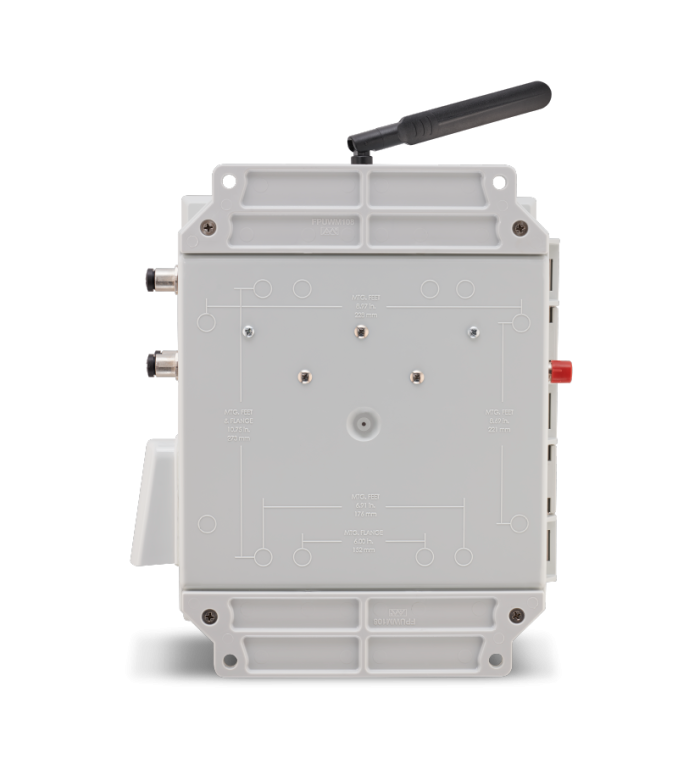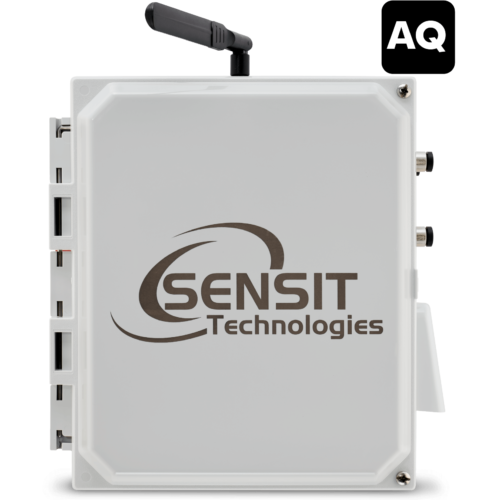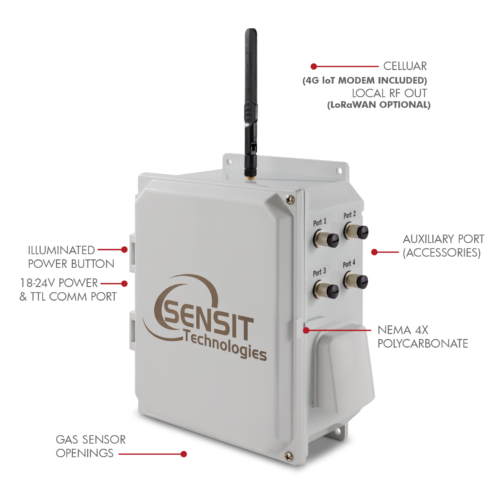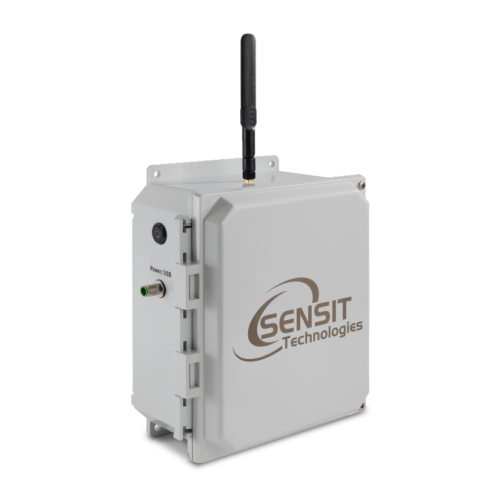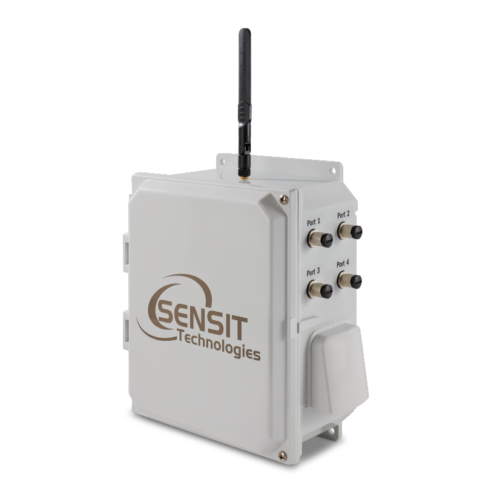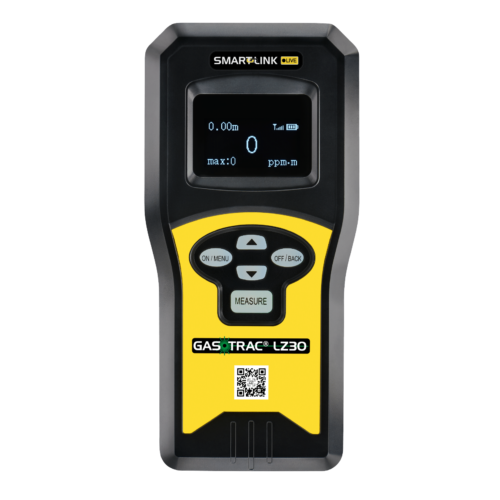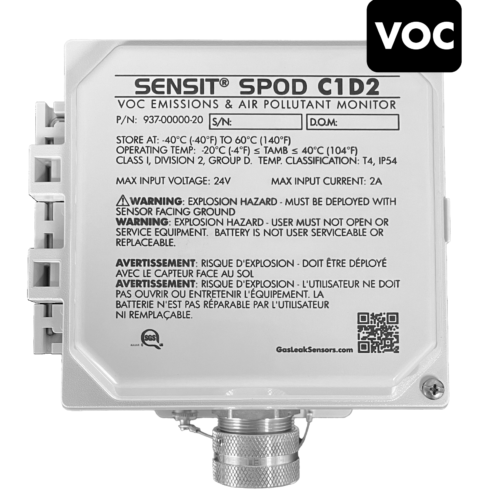SENSIT® RAMP
The SENSIT® RAMP is a comprehensive air quality monitoring platform that can easily be deployed at a low cost. In addition, it is capable of monitoring up to five gaseous chemical pollutants, temperature, humidity, particulate matter, and meteorological conditions, making it a highly versatile and valuable tool for monitoring air quality in various settings.
| Electrochemical sensors offer PPB, parts per billion, and resolution for CO, NO, NO2 O3, and SO2 gases. An integrated PM2.5 particulate matter sensor measures pollutants in the atmosphere.
Other features include internal SD storage, optional solar charging, and global cellular integration for remote operation. Additional instrumentation may be integrated via four I/O ports on the side of the unit. |
|||
| Compatible with: | |||
| Request a Quote | |||
Description
Introduction
The SENSIT® RAMP is an affordable air quality monitoring platform that tracks five gaseous chemical pollutants: temperature, humidity, particulate matter, and meteorological conditions. Additionally, it uses electrochemical sensors to provide accurate readings with a resolution of PPB for CO, NO, NO2, O3, and SO2 gases. It also has a PM2.5 particulate matter sensor for measuring pollutants in the air.
Moreover, this comprehensive monitoring tool is highly versatile and valuable for assessing air quality in a variety of settings.
Standard Features
- Durable, Weather Resistant Housing
- Long Life, Low-Cost Sensors
- Local or Remote Operation
- Wireless Cellular
- SD Card Data Backup
- Battery Backup
Applications
Remote air quality monitoring can be used to monitor air pollution levels in remote areas where human intervention is limited. This technology can be used to alert authorities of high pollution levels and help them take necessary actions to mitigate the problem.
Pollutant source identification is another application of air quality monitoring. By analyzing air quality data from multiple sensors, it is possible to identify the sources of pollutants and take action to reduce them.
Industrial site monitoring is also an important application of air quality monitoring. By monitoring the air quality around industrial sites, it is possible to ensure the safety of workers and the community. This can also help industries comply with environmental regulations.
Traffic pattern optimization is another application of air quality monitoring. By monitoring traffic patterns and air quality levels, it is possible to optimize traffic flow and reduce pollution levels in congested areas.
Environmental impact studies can also benefit from air quality monitoring. By monitoring air quality levels before and after a project, it is possible to assess the impact of the project on the environment.
Finally, wildfire air quality monitoring can be used to alert residents of high pollution levels during wildfires. This can help people take necessary precautions to protect themselves from the harmful effects of smoke and other pollutants.
Standard Sensors
- Carbon Monoxide – CO
- Carbon Dioxide – CO2
- Nitric Oxide – NO
- Nitrogen Oxide – NO2
- Ozone – O3
- Sulfur Dioxide – SO2
- Particulate Matter – PM1, PM2.5, PM10
- TVOC (PID or MOS), Temperature, & Relative Humidity, Anemometer
Optional Electrochemical SENSORS
- Hydrogen Sulfide – H2S
- Ammonia – NH3
- Volatile Organic Compounds – VOCs
In conclusion, the SENSIT® RAMP platform monitors five gaseous chemical pollutants, temperature, humidity, particulate matter, and meteorological conditions. The electrochemical sensors provide accurate readings with a resolution of PPB for CO, NO, NO2, O3, and SO2 gases. It has internal SD storage, optional solar charging, and global cellular integration for remote operation. With four I/O ports for additional instrumentation, it’s a versatile solution for air quality assessment.






